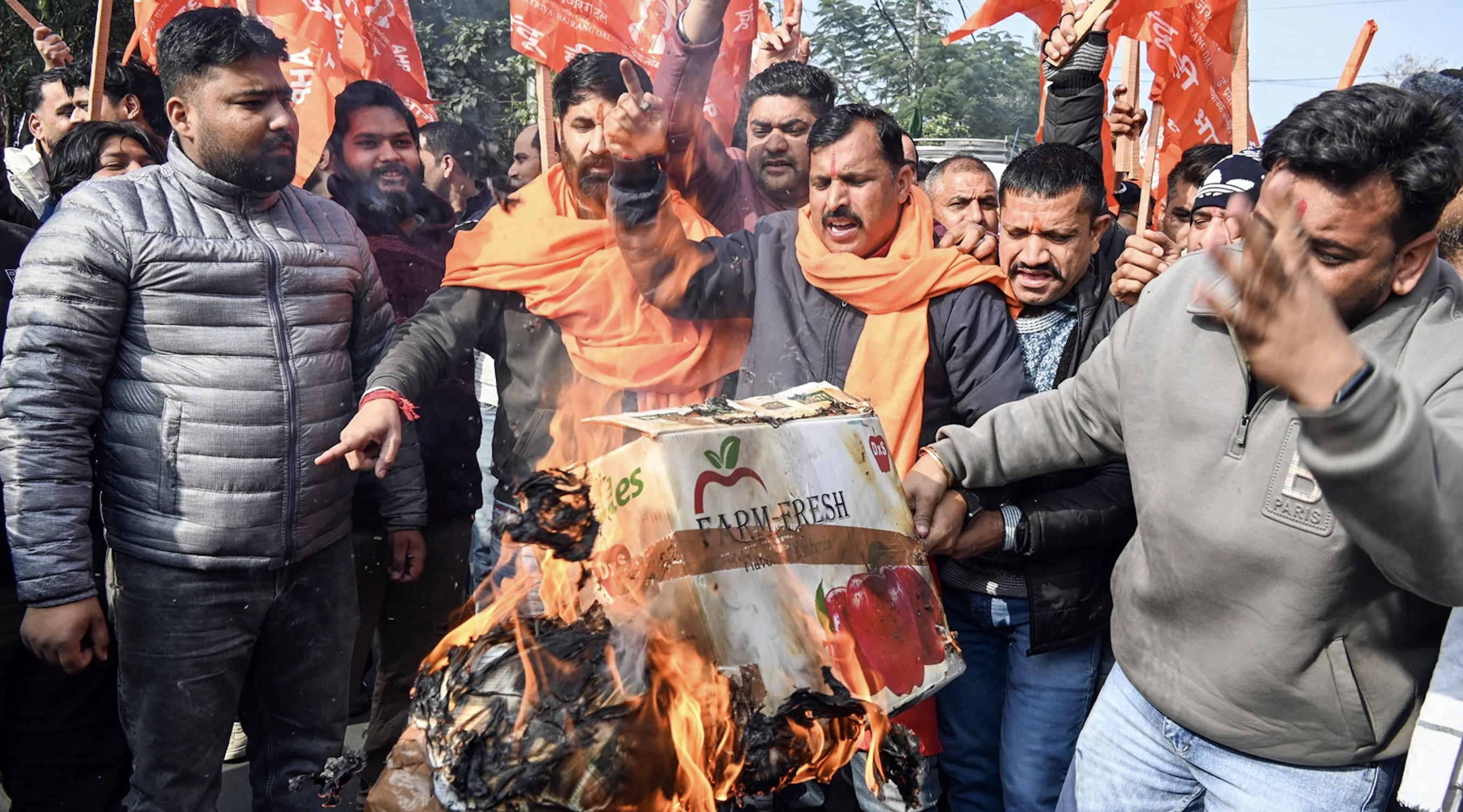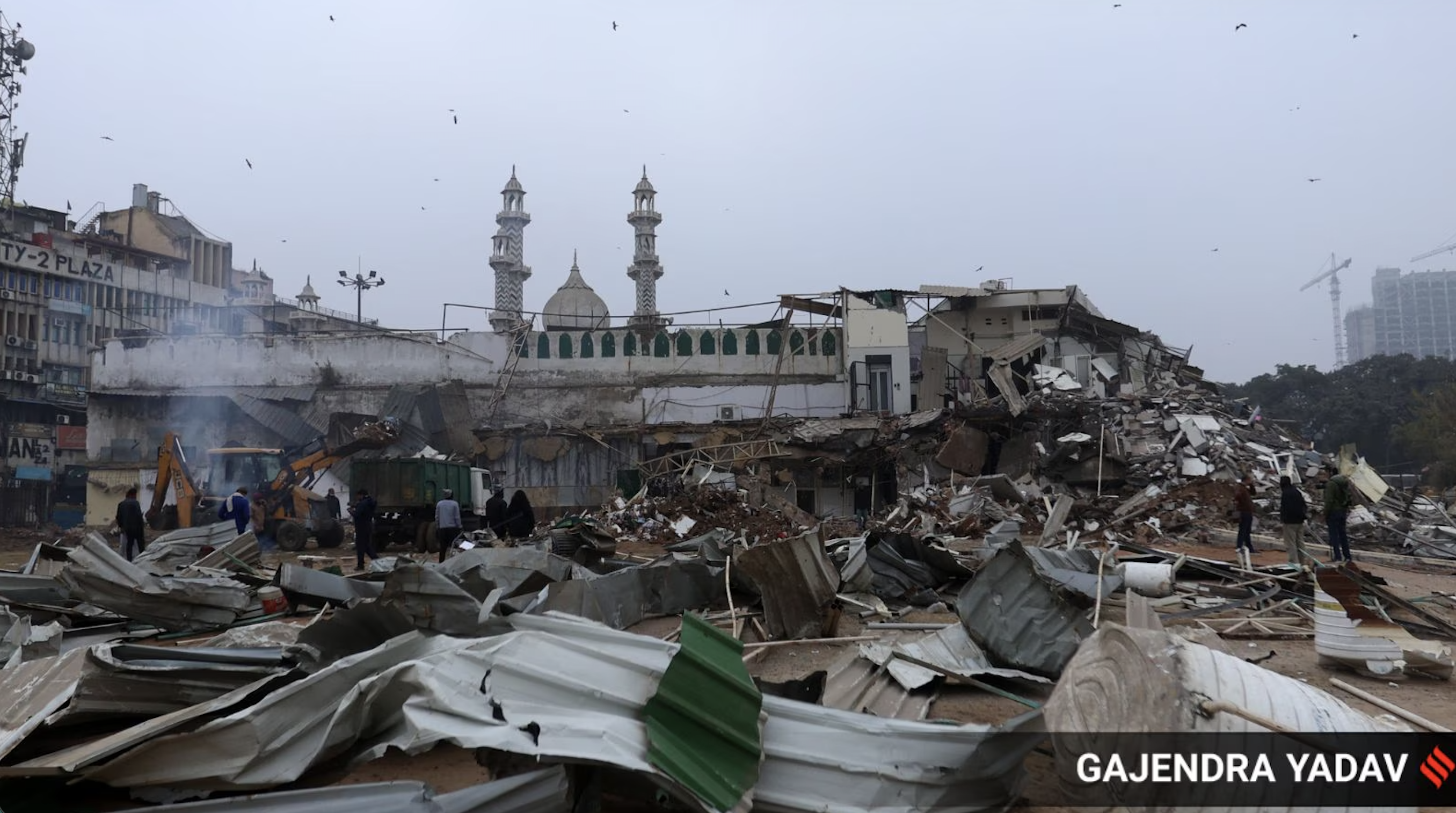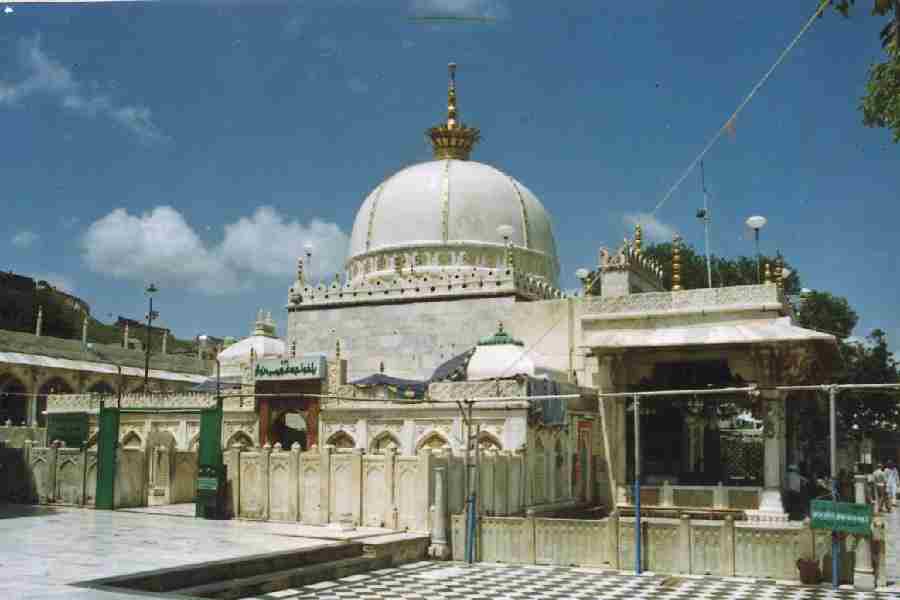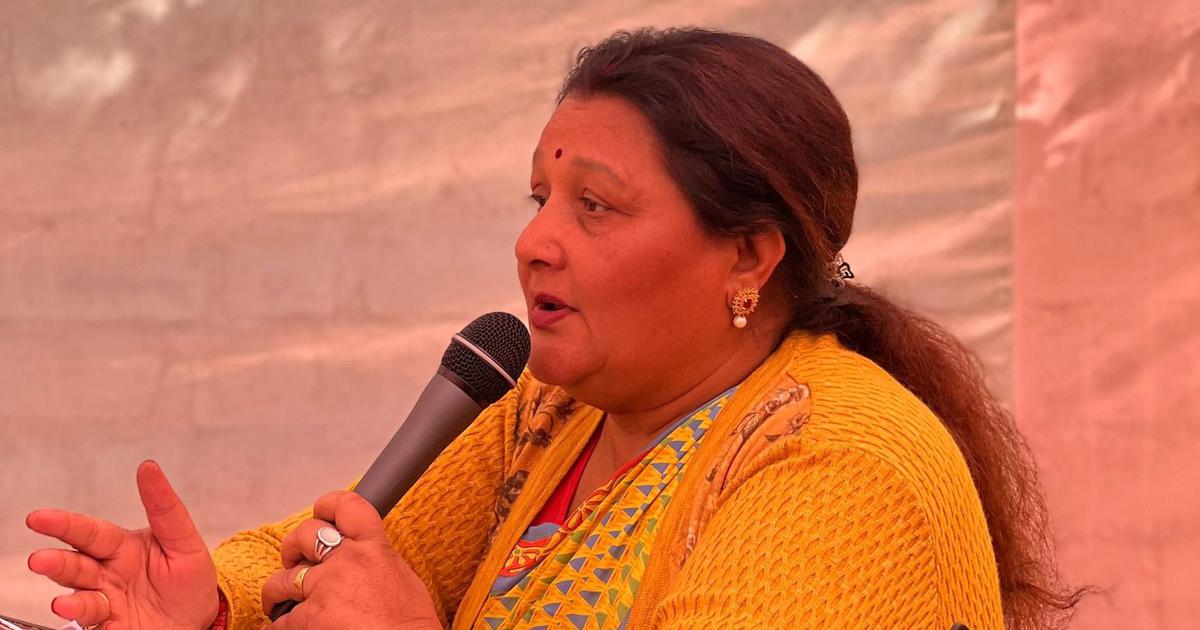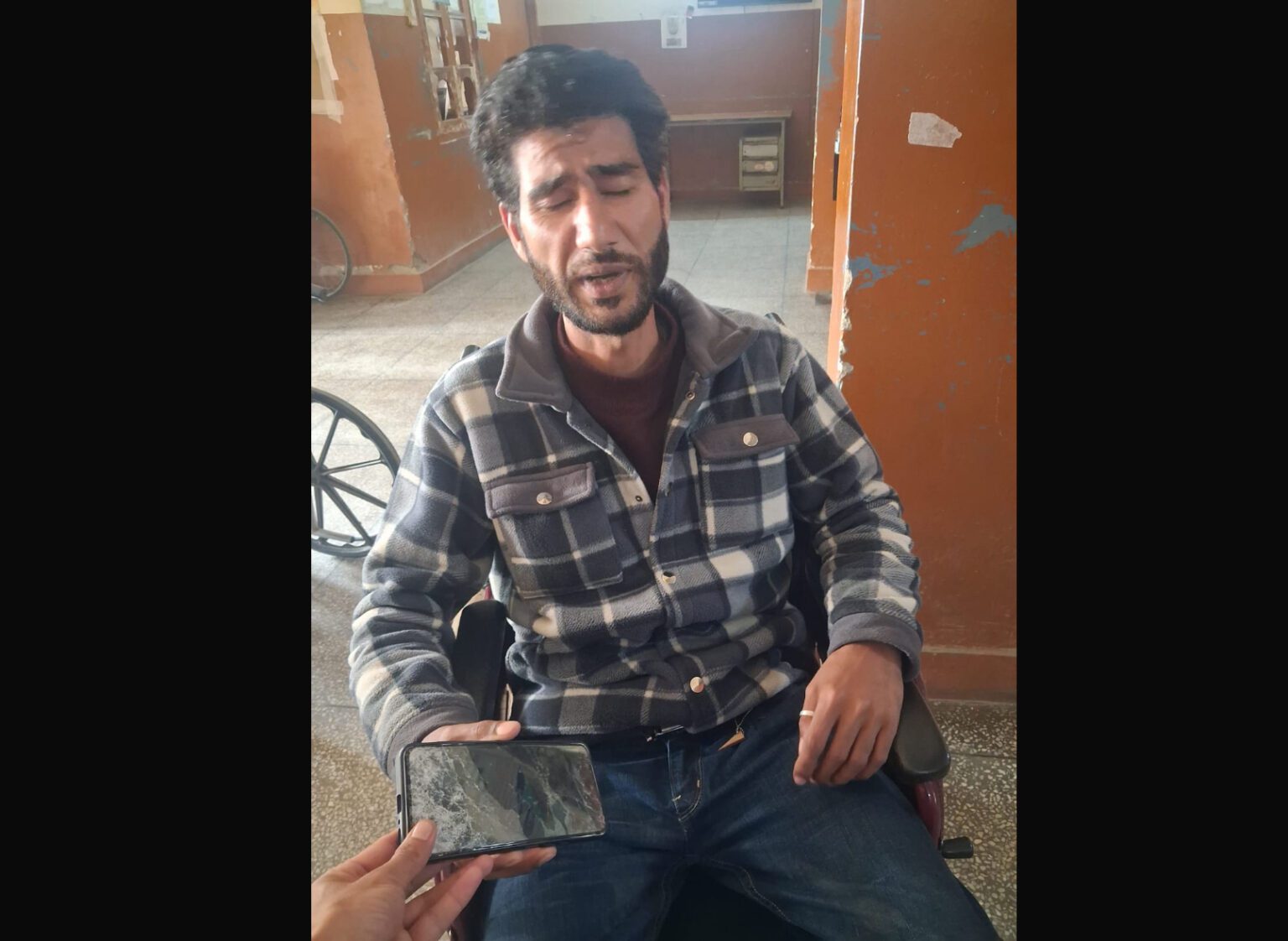By Harsh Mander
During the festival of Ram Navami last week, scores of towns and cities across nine states in India – Maharashtra, Gujarat, Uttar Pradesh, Madhya Pradesh, Haryana, Karnataka (all ruled by the Bharatiya Janata Party), and Delhi and West Bengal – were engulfed in stone pelting, bloodletting, aggressive sloganeering and arson, ignited by mobs in militant processions. Hundreds more lurched at the edge. When I was writing this, communal fires were yet to be doused in West Bengal and Bihar.
“Routes of Wrath”, a sterling report by a group of lawyers and other citizens (led by lawyer Chander Uday Singh and with a foreword by retired Supreme Court Justice Rohinton Nariman), scrutinises the worryingly similar rash communal violence during Ram Navami and Hanuman Jayanti in April last year.
The report, released on March 18, detects recurring patterns that show these incidents are systematically orchestrated to terrorise and provoke Muslims, cause extensive damage to their properties and shrines, and through these, construct a bitter communal fracture.

A template for violence, hate
A careful study of the findings of their report helps illuminate the source of the fires that once again have been ignited across the land this year.
The report records in April 2022 the destruction through burning and looting of at least 100 shops and homes, the injury of 100 people in these acts of violence across states, and the killing of at least four people. It identifies as the immediate spark that led to this cavalcade of violence everywhere to be the routes of the religious processions.
It notes that traditionally, temples organised rath yatras in which decorated idols of Ram, often of Ram as a baby, were paraded in flower-decked processions, usually in the vicinity of temples. But over the years, Ram Navami processions have been taken over by militant Hindutva organisations.
The reason for this is, as the report notes, because “the figure of Ram is central to the political imagination of the Sangh”. The attempt is to coerce an artificial homogenisation on an incalculably plural faith tradition, with a single deity and uniform rituals and religious practices, all of which are entirely alien to the practice of the Hindu religion.
The celebration of the festival has taken the form of “grand processions of pomp and ceremony attempting to cover entire cities”, involving, in the words of social scientist Megha Kumar, “cavalcades of vehicles, each carrying dozens of men, shouting slogans and frequently carrying arms”.
These processions have become increasingly violent, associated with scattered incidents of communal savagery in 2014, 2016, 2018, 2019 and resoundingly in the last two years.
Yet, as Singh, one of the writers of the report, observes, “they are portrayed by the Hindu Right and the mainstream media as innocuous displays of religiosity, and blame is typically assigned to those who would challenge such displays”, the Muslim residents of these localities.
Tensions are ratcheted even higher when the festival coincides with the holy month of Ramzan, enabling the state and the compliant media to project “Muslims uniformly as the assailants – whereas they have suffered the most losses”.
Mushrooming Hindutva outfits
Fertile ground for the incendiary attacks by religious festival processions is prepared in many ways. One of these is the sprouting of an abundance of Hindutva organisations. A resident of Khargone in Madhya Pradesh observed to a reporter of The Wire, “Five years ago, only the Shiv Sena was active here. Today, we have the Bajrang Dal, Shiv Sena, Gau Rakshak Dal, Karni Sena, VHP, Sakal Hindu Samaj…in all about eight or nine sansthans.”
One advantage for the BJP and its ideological fountainhead, the Rashtriya Swayamsevak Sangh, of these hydra-headed formations is to formally claim to courts of law no association with the most hateful rhetoric and violence of these “fringe groups”, even while harvesting all the electoral bounties of hate and polarisation.
In fact, they are not the fringe. The mainstream and the more overtly hateful organisations all concertedly play their roles in a coordinated social and political strategy. This range of Hindutva organisations join hands with vigilante groups and street gangs to sustain a climate of everyday terror that peaks during festivals like Ram Navami. The processions become visible, visceral assertions of political and social domination of religious minorities through hate and fear.

Vitriolic speech, distributing weapons
The environment of hate and fear is further animated by runaway hate speech in the build-up to the festivals. Open calls are made for genocide and mass rapes, for the economic boycott of Muslims and barring them from living in portions of the town where Hindus reside. The state administrations mostly look the other way…
This story was originally published in scroll.in. Read the full story here


